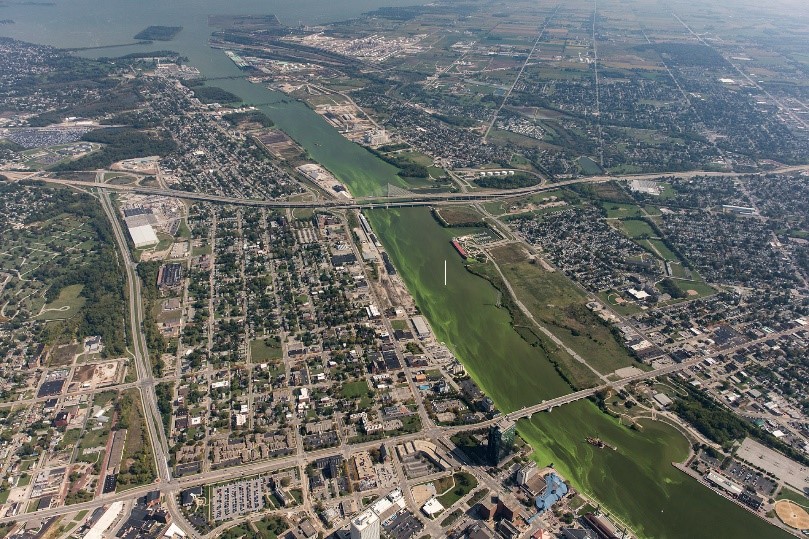HAB Event Response Program
The National HAB Office administers the HAB Event Response Program in cooperation with NOAA’s National Centers for Coastal Ocean Science. This program provides immediate support to help state, tribal, and local officials manage events and advance the understanding of HABs as they occur. Depending on need, the program may support or provide access to toxin analysis, data collection, training, technical assistance, and ship-based sampling. Modest funding is available to help defray the costs of immediate mobilization of response efforts. Three types of events are prioritized:
- Appearance of HAB species, toxicity or harmful impacts that are unusual or unique for a particular U.S. coastal or Great Lakes region and that pose threats to public health, economically or culturally vital resources, or that may lead to new discoveries in HAB science.
- Sudden or unexplained mortalities of seabirds, fish, or marine mammals for which a HAB linkage is suspected but which requires confirmation through additional sampling or observations.
- HAB events with management or resource impacts for which additional data such as the size or extent of the outbreak, social/cultural impact, causative species, hydrographic characteristics of the associated water mass will be of use in subsequent management decisions.
Information on how to apply for HAB Event Response support can be accessed on the NCCOS Response and Readiness for HAB Events webpage. Summaries of past research projects funded by the HAB Event Response Program can be accessed HERE.

Concerns regarding a large cyanobacteria bloom (HAB) in the Maumee River adjacent to Toledo, Ohio led NCCOS to provide HAB Event Response funds for toxin monitoring.
For more information or to inquire about funding support, email the HAB Event Response Program.
